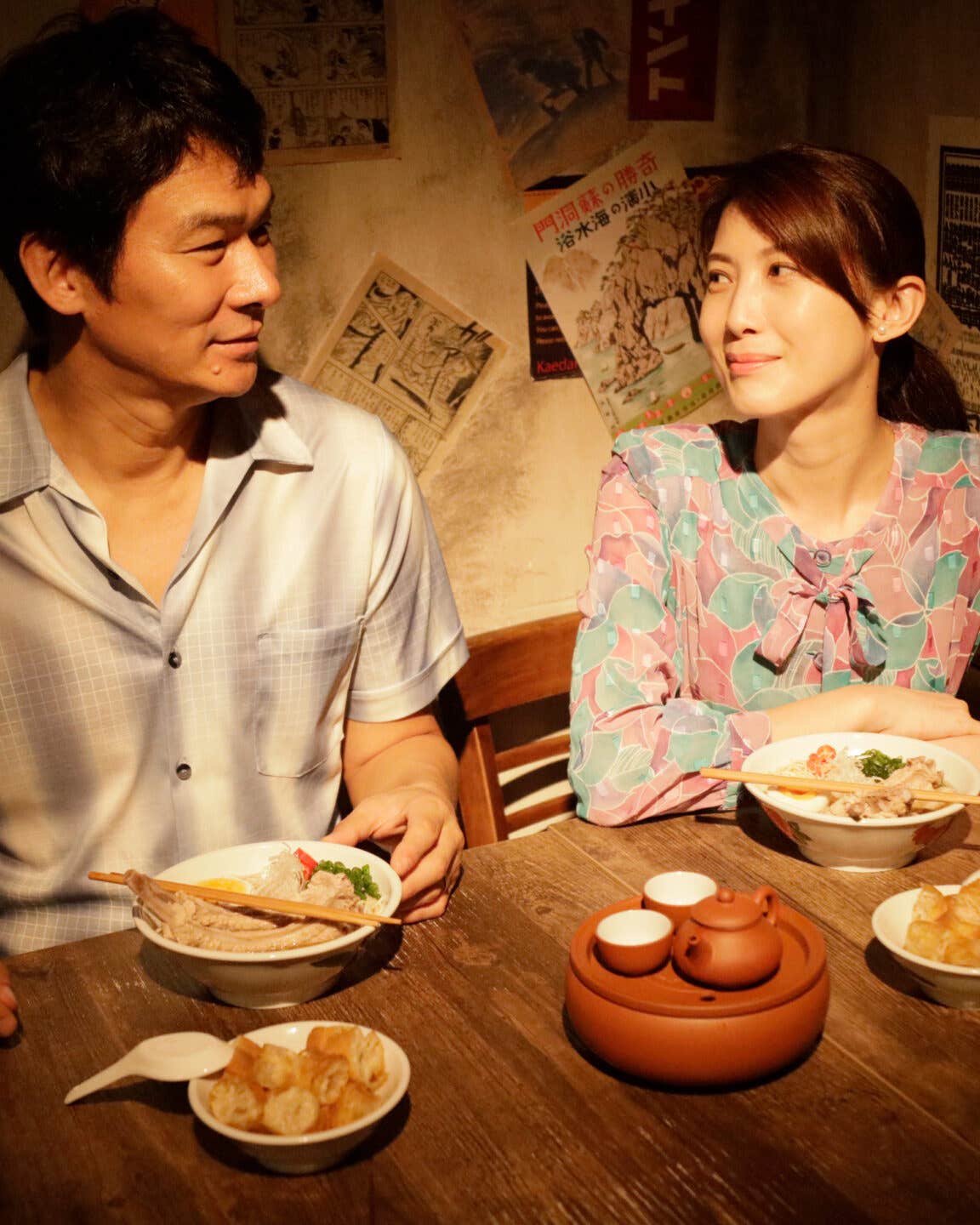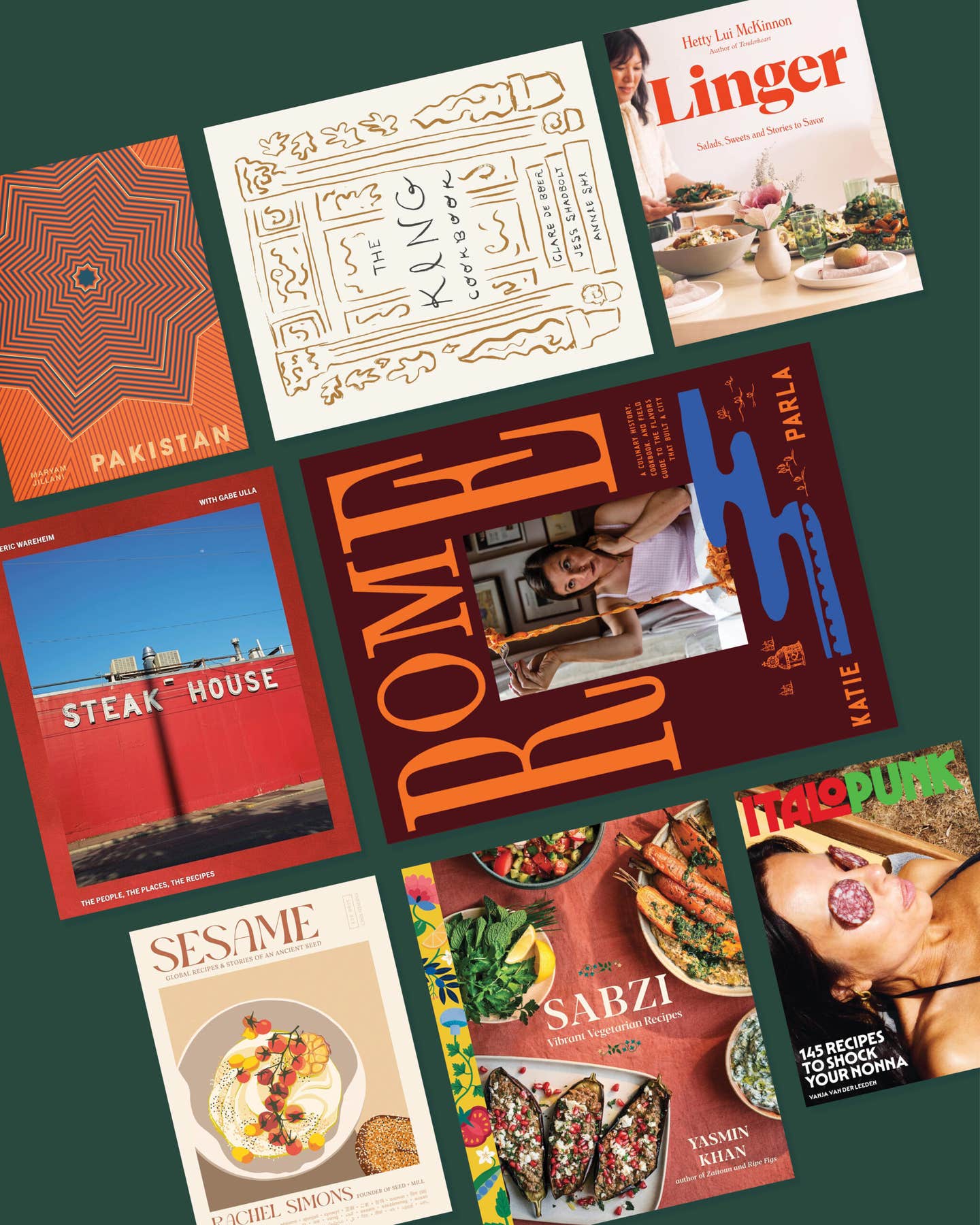
I've always been a fan of fettuccine alfredo, but I recently tried a version of that classic Italian dish at a New York City restaurant—named, appropriately enough, Alfredo's—that caused me to see this old standby in a whole new light. Though rich with butter and melted parmigiano-reggiano, it was far lighter than any iteration I'd had before, more silky and refined. The ribbonlike egg noodles retained their bite, and their earthy taste wasn't drowned by sauce. I was astonished by the clarity and complexity of the flavors: the sweetness of the butter, the nutty boost from the cheese. I took it for granted that cream was in there somewhere; alfredo always had cream, and besides, how else could the cook have achieved such a luscious sauce? But when I talked with him, he told me that the pasta had been tossed with nothing more than butter and cheese.
Suffice it to say that this wasn't the dish I'd grown up with. As a teenager, I used to make fettucine alfredo while working as a cook at an Olive Garden restaurant. A pan of the white cream sauce, so thick you could stand a spoon in it, sat near my station, ready to be ladled over plates of boiled noodles. When no one was looking, I'd dip breadsticks into the sauce as a snack. Looking to re-create the dish at home, I found a recipe in my mother's Betty Crocker's Cookbook, but the sauce it produced was dishearteningly bland. After that, I'd order the dish from time to time in Italian restaurants when I wanted something creamy and satisfying. Following my discovery of the creamless alfredo, however, my curiosity was piqued. Which was the real alfredo?
Cream, it turns out, was not a component of the original dish. The recipe was invented at another Alfredo's, a humble Roman restaurant opened by a man named Alfredo di Lelio just after the turn of the 20th century, on the via della Scrofa near the Tiber River. As the story goes, after di Lelio's wife gave birth to their son, she lost her appetite. Di Lelio, determined to get her to eat, transformed his fettuccine al burro—a homely preparation of pasta tossed with butter and parmesan—by increasing significantly the amount of butter he used. The result was a more lavish dish, which neither his wife nor his customers could resist.
In the restaurant's heyday, the dish was prepared tableside, with much theatrical flourish, to the accompaniment of a tenor and a violinist. A tangle of steaming fettuccine, fresh from the pot, was placed on a warm platter dotted with pats of sweet butter. As the heat from the noodles and the platter melted the butter, a smiling and mustachioed di Lelio, clad in a white coat, gracefully lifted and twirled the fettuccine with a gold fork and spoon, pausing to mix in copious amounts of finely grated parmesan. No wonder the chef earned the nickname Il Maestro.
Both the dish and its creator quickly became famous in Rome, but they remained virtually unknown outside of Italy until 1927, when George Rector, an American restaurant owner, writer, and bon vivant, sang their praises in his Saturday Evening Post column, which contained an account of a meal at di Lelio's restaurant. "Alfredo doesn't make fettuccine," Rector wrote. "He doesn't cook fettuccine. He achieves it." That same year, the Hollywood couple Douglas Fairbanks Sr. and Mary Pickford honeymooned in Rome and were seen frequently at the restaurant. Back home, the movie stars wowed guests with the dish at Pickfair, their Beverly Hills mansion, while Rector continued to write about di Lelio and to publish his recipe in cookbooks and articles.
In 1943, di Lelio sold his restaurant on the via della Scrofa to one of his waiters and retired. But in 1950, as Italy was emerging from the shadow of war, Il Maestro returned, opening a new Alfredo's, on the piazza Augusto Imperatore. Dining there on di Lelio's famous fettuccine became de rigueur for the ever increasing numbers of American tourists traveling to Rome, and restaurants on this side of the Atlantic began to pick up on the trend. So did food packagers: by 1966, the Pennsylvania Dutch-brand noodle company was marketing "Fettuccine Egg Noodles", which came with a recipe for Alfredo's sauce. It called for half a cup of cream and a quarter cup of swiss cheese, in addition to the butter and parmesan. Like many pasta dishes that migrated to the United States, this one was becoming richer—and more Americanized.
One explanation frequently put forward for the emergence of a heavier fettuccine alfredo is that the butter and parmesan available in the United States during the 1950s were so inferior to their Italian counterparts that cream was required to give substance to the dish. My own hypothesis is that the cream (as well as, in some versions, flour and even cream cheese) provided a shortcut for achieving the kind of silky sauce created by laborious tableside tossing. To get to the bottom of the matter, I decided to compare two versions, American style and Italian style, side by side.
First, I developed a simple cream sauce that was based on a composite of a number of alfredo recipes from restaurants and cookbooks. It combined one and a half cups of heavy cream, two tablespoons of butter, and two ounces of finely grated parmigiano-reggiano, along with a pinch of nutmeg for sweetness. I reduced about half the cream along with the butter in a skillet until a thick sauce formed. Then I added cooked pasta to the skillet and tossed it with the remaining cream and the cheese until the sauce clung to the noodles. The cream did make for a smooth sauce, but the flavor was flat and the texture was heavy.
Then I turned to di Lelio's original, which was remarkably easy to reconstruct because it employed only three ingredients: fettuccine, butter, and parmigiano-reggiano. By studying the accounts of food writers like Rector and Clementine Paddleford, I was able to glean crucial information about di Lelio's method for tossing the noodles. His tableside performance was more than mere showmanship: the warmed platter, in combination with a gentle but constant tossing motion, ensured that the butter and cheese melted and melded thoroughly; preparing the dish right there at the table meant that diners tucked into the noodles while they were still piping hot, before the individual elements could cool or separate. It took me more than one try to master the technique (see The Original Fettuccine Alfredo), but once I did, this fettuccine alfredo delivered all the complex flavors that the cream in the other version had masked, along with a lighter but still luscious texture. Moved by the spirit of Il Maestro, I couldn't resist taking a bow.
Keep Reading
Continue to Next Story










